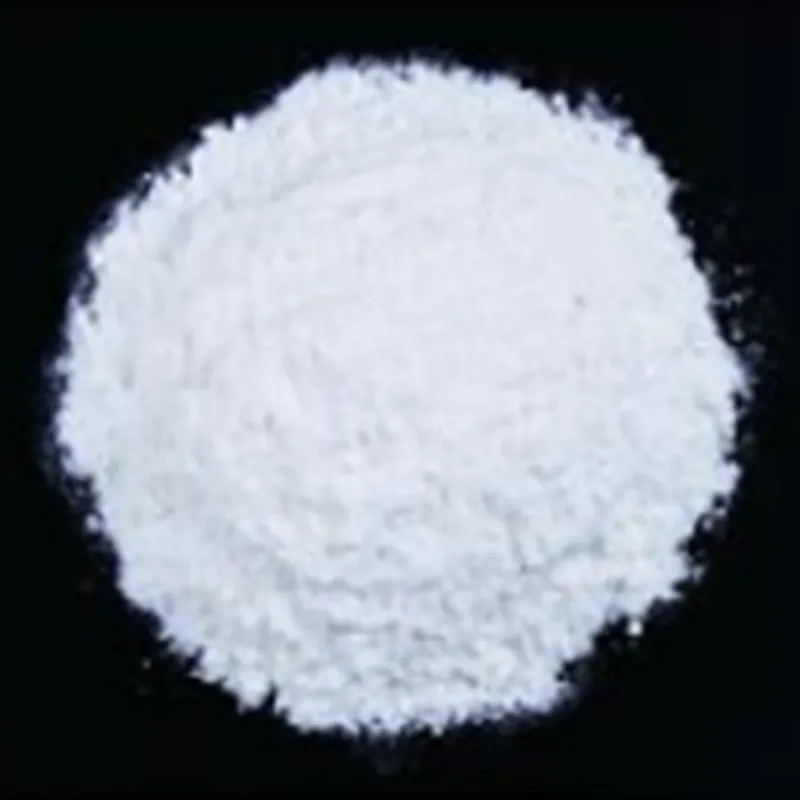
emulsifier in milk
The Role of Emulsifiers in Milk An In-Depth Analysis
Emulsifiers are surfactants that play a crucial role in the food industry, particularly in dairy products like milk. Their primary function is to stabilize mixtures of oil and water, preventing separation and ensuring a uniform product. In the context of milk, emulsifiers enhance texture, improve mouthfeel, and maintain the homogeneity of the liquid, which is essential for both sensory attributes and shelf life.
Milk is a complex emulsion consisting of fat globules dispersed in a water phase along with proteins, lactose, minerals, and vitamins. The natural emulsification in milk is due to milk proteins, particularly casein, which surrounds the fat droplets and helps to keep them suspended. However, the emulsifying properties of these proteins can be influenced by various factors, including processing techniques and storage conditions.
Commercially processed milk often contains additional emulsifiers to enhance its stability and consistency. These emulsifiers are either naturally derived or synthetic and include substances like lecithin, mono- and diglycerides, and various phosphates. Lecithin, for instance, is a common natural emulsifier found in egg yolk and soybeans. Its amphiphilic nature—having both hydrophilic and hydrophobic properties—allows it to effectively stabilize the fat droplets in milk.
The use of emulsifiers in milk products can improve texture and palatability. For example, in the case of flavored or fortified milk, emulsifiers help disperse added flavorings and nutrients evenly throughout the liquid, ensuring that consumers get a consistent taste and nutrient distribution in every sip. This is particularly important in products like chocolate milk or milkshakes, where a uniform texture and flavor are critical for consumer satisfaction.
emulsifier in milk

Moreover, emulsifiers can enhance the mouthfeel of milk products. When fat globules are well-emulsified, they provide a creamy and rich sensory experience. This is especially significant in products such as cream, cheese, and yogurt, where the perception of creaminess is a key quality attribute. The right emulsifier can reduce the fat content while maintaining a desirable mouthfeel, thus catering to health-conscious consumers who prefer lower-fat options without sacrificing taste.
Another important aspect of emulsifiers in milk is their contribution to shelf stability. By preventing the separation of fat and water, emulsifiers can help extend the shelf life of milk products. This is particularly beneficial in processed milk that undergoes various pasteurization and packaging techniques. With proper emulsification, milk can maintain its quality and freshness for a more extended period, reducing food waste and enhancing consumer confidence.
However, the use of emulsifiers does raise certain concerns among consumers, particularly those who are health-conscious or prefer natural products. While many emulsifiers are considered safe and are widely used, some individuals are wary of synthetic additives and prefer products with minimal processing. This has led to a growing demand for organic and natural dairy products that either do not require emulsifiers or use only minimally processed ingredients.
In response to consumer preferences, the dairy industry is continually adapting. Many manufacturers are exploring natural alternatives to synthetic emulsifiers, utilizing plant-based ingredients or innovative processing techniques to achieve the desired stability and texture in their milk products. The challenge lies in meeting consumer expectations while ensuring product quality and safety.
In conclusion, emulsifiers play a vital role in the processing and stabilization of milk. They ensure a uniform texture, enhance mouthfeel, and contribute to the product's shelf life. As consumer demands evolve, the dairy industry must balance the appeal of natural ingredients with the functional benefits provided by emulsifiers. Understanding the significance of emulsifiers in milk not only highlights their importance in food science but also opens up discussions about the future of dairy products in a rapidly changing marketplace. The ongoing innovation in this field promises exciting developments for both manufacturers and consumers alike.
-
Sodium Dichloroisocyanurate Safety Handling ProtocolsNewsJul.29,2025
-
Mining Chemicals for Copper Extraction Processes GuideNewsJul.29,2025
-
Fertilizer for Sale Shipping and Storage TipsNewsJul.29,2025
-
Dimethyl Disulfide as Sulfurizing AgentNewsJul.29,2025
-
Benzotriazole Safety Data Handling and Storage GuidelinesNewsJul.29,2025
-
Ammonium Bicarbonate Safety Handling Storage GuidelinesNewsJul.29,2025
-
The Transformative Role Of Trichloroisocyanuric Acid in Water TreatmentNewsJul.23,2025
Hebei Tenger Chemical Technology Co., Ltd. focuses on the chemical industry and is committed to the export service of chemical raw materials.
-

view more DiethanolisopropanolamineIn the ever-growing field of chemical solutions, diethanolisopropanolamine (DEIPA) stands out as a versatile and important compound. Due to its unique chemical structure and properties, DEIPA is of interest to various industries including construction, personal care, and agriculture. -

view more TriisopropanolamineTriisopropanolamine (TIPA) alkanol amine substance, is a kind of alcohol amine compound with amino and alcohol hydroxyl, and because of its molecules contains both amino and hydroxyl. -

view more Tetramethyl Thiuram DisulfideTetramethyl thiuram disulfide, also known as TMTD, is a white to light-yellow powder with a distinct sulfur-like odor. It is soluble in organic solvents such as benzene, acetone, and ethyl acetate, making it highly versatile for use in different formulations. TMTD is known for its excellent vulcanization acceleration properties, which makes it a key ingredient in the production of rubber products. Additionally, it acts as an effective fungicide and bactericide, making it valuable in agricultural applications. Its high purity and stability ensure consistent performance, making it a preferred choice for manufacturers across various industries.











